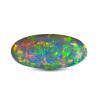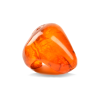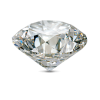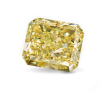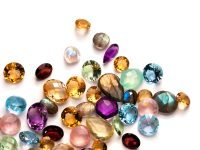Tanzanite
Poised between lush blue, vibrant violet, and rich purple, exotic tanzanite is found in only one place on earth, near majestic Mount Kilimanjaro.
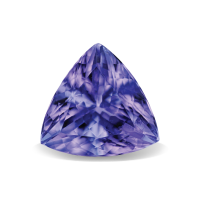
Tanzanite Description
Tanzanite is the violet blue to blue violet variety of the mineral zoisite. It is mined commercially only in one area of the world: the Merelani Hills of Tanzania, which is where it gets its name.
Tanzanite’s appearance is influenced greatly by its pleochroism, which is the ability of a gemstone to show different colors when viewed in different crystal directions. Tanzanite’s pleochroism was documented in scientific papers not long after its discovery. In 1969, American Mineralogist described the gem’s pleochroic colors as `red-violet, deep blue, and yellow green.’ Today, most gems are heat treated, which removes or reduces the yellow green or brownish pleochroic color, maximizing the blue and violet.
Top-quality tanzanite can be violetish blue –similar to a fine sapphire color –or a unique, predominately violet hue all its own. Some stones might also appear more purplish depending on how the cutter chooses to orient the fashioned gem. Both the violet and blue pleochroic colors are readily visible in a fashioned stone when it is gently rocked and tilted. This means that every tanzanite is a blend of these pleochroic colors. The exact face-up color depends on the inherent color of the original rough, its size, the pleochroic
Gemstone Details
- Mineral: Zoisite
- Chemistry: Ca2Al3(SiO4)3(OH)
- Color: Violet blue to bluish violet to violet purple
- Refractive Index: 1.691 to 1.700
- Birefringence: 0.008 to 0.013
- Specific Gravity: 3.35
- Mohs Hardness: 6 to 7
Birthstones and Anniversaries
Tanzanite is a birthstone for December, along with zircon, turquoise, and blue topaz. Tanzanite is also the gem for a 24th anniversary.
Tanzanite Gemstone as rough
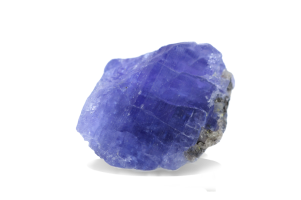
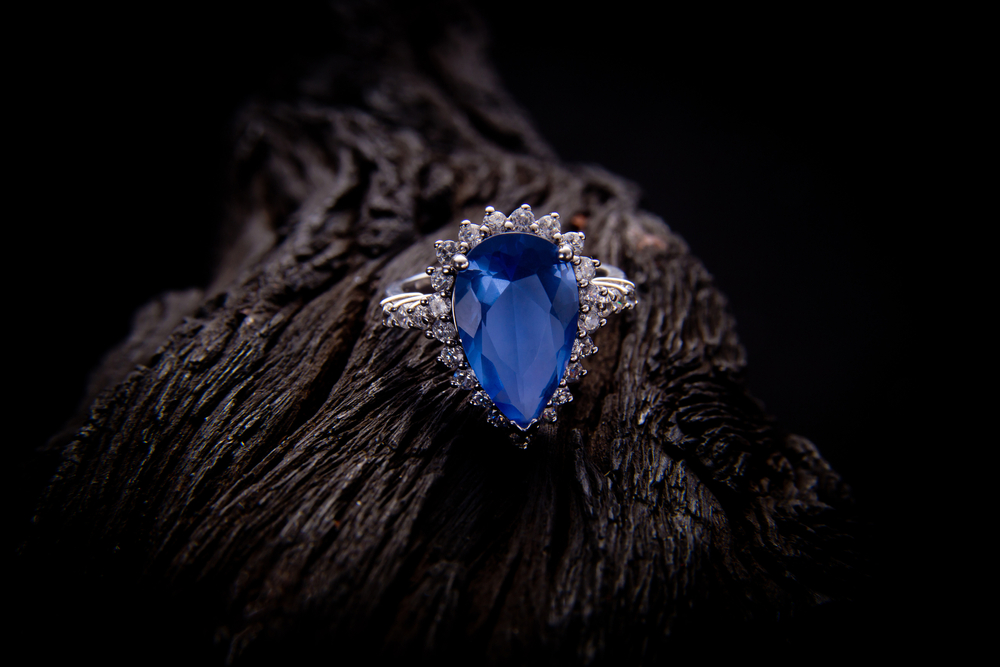
colors the cutter favors when they orient the fashioned stone, and the light the finished gem is viewed under. Cool lighting –like daylight equivalent fluorescent –will emphasize tanzanite’s blue, while warm lighting –like incandescent –will make it appear more violet-to-purple.
Just like other colored gemstones, vivid strongly-colored tanzanites are highly sought after. Lighter toned pastel hues are more plentiful and affordable than vivid colors and have a subtle appeal of their own.
Tanzanite History and Lore
Tanzanite is relatively new to the colored stone galaxy. As the most common story of the tanzanite mining boom goes, in 1967 a Masai tribesman stumbled upon a cluster of highly transparent, intense violet-to-blue crystals weathering out of the earth in Merelani, an area of northern Tanzania. He alerted a local fortune hunter named Manuel d’Souza, who quickly registered four mining claims.
D’Souza hoped that he’d been shown a new sapphire deposit. Instead, the deposit contained one of the newest of the world’s gems.
Within a short time, 90 more claims appeared in the same 20-square-mile area. No one was quite sure what the beautiful crystals were, but everyone wanted to lay claim to the profits they were certain to produce. The new gem would eventually be known as tanzanite, and it would, at times, rival the Big 3 in popularity.
Tiffany & Company recognized its potential as an international seller and made a deal to become its main distributor. Tiffany named the gem after the country it came from, and promoted it with a big publicity campaign in 1968.
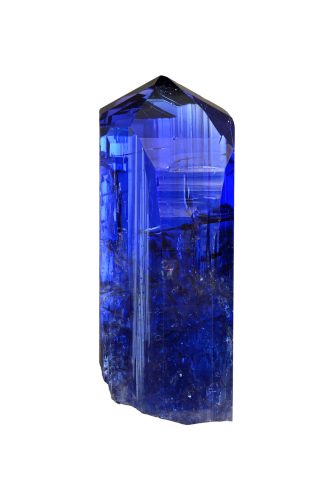
Almost overnight, tanzanite was popular with leading jewelry designers and other gem professionals, as well as with customers who had an eye for beautiful and unusual gems.
The instant popularity of this transparent blue-to-violet gem was tied to its vivid color, high clarity, and potential for large cut stones.
Facts about Tanzanite Gemstone
PLEOCHROIC
Tanzanite is pleochroic, showing three different colors when viewed from different directions.
ONE PLACE ON EARTH
Commercially mined in only one place, tanzanite is rarer than diamond.
RICH BLUE
Tanzanite’s rich blue-to-violet hues can be exceptionally beautiful.
Quality Factors
COLOUR
Deep saturated violet blue or blue violet are the most valuable tanzanite colors. Paler hues are more commonly found.
CLARITY
Eye-visible inclusions decrease the value of tanzanite, particularly in lighter colored stones.
CUT
Tanzanite is available in a wide range of shapes but cushion and oval cuts are most common.
CARAT WEIGHT
Tanzanite color is less saturated in smaller sizes. Gems must be above five carats in size to have fine color.


